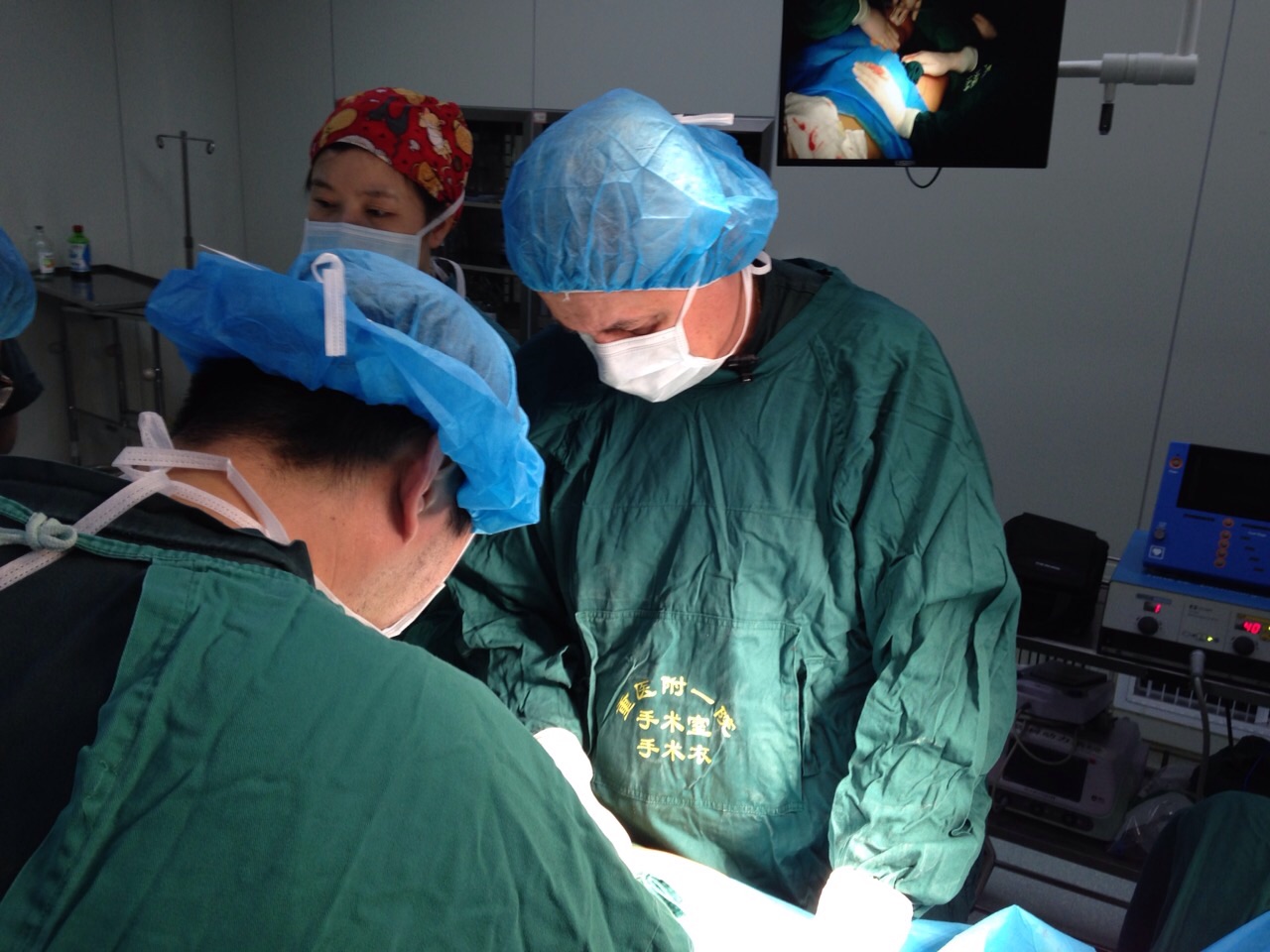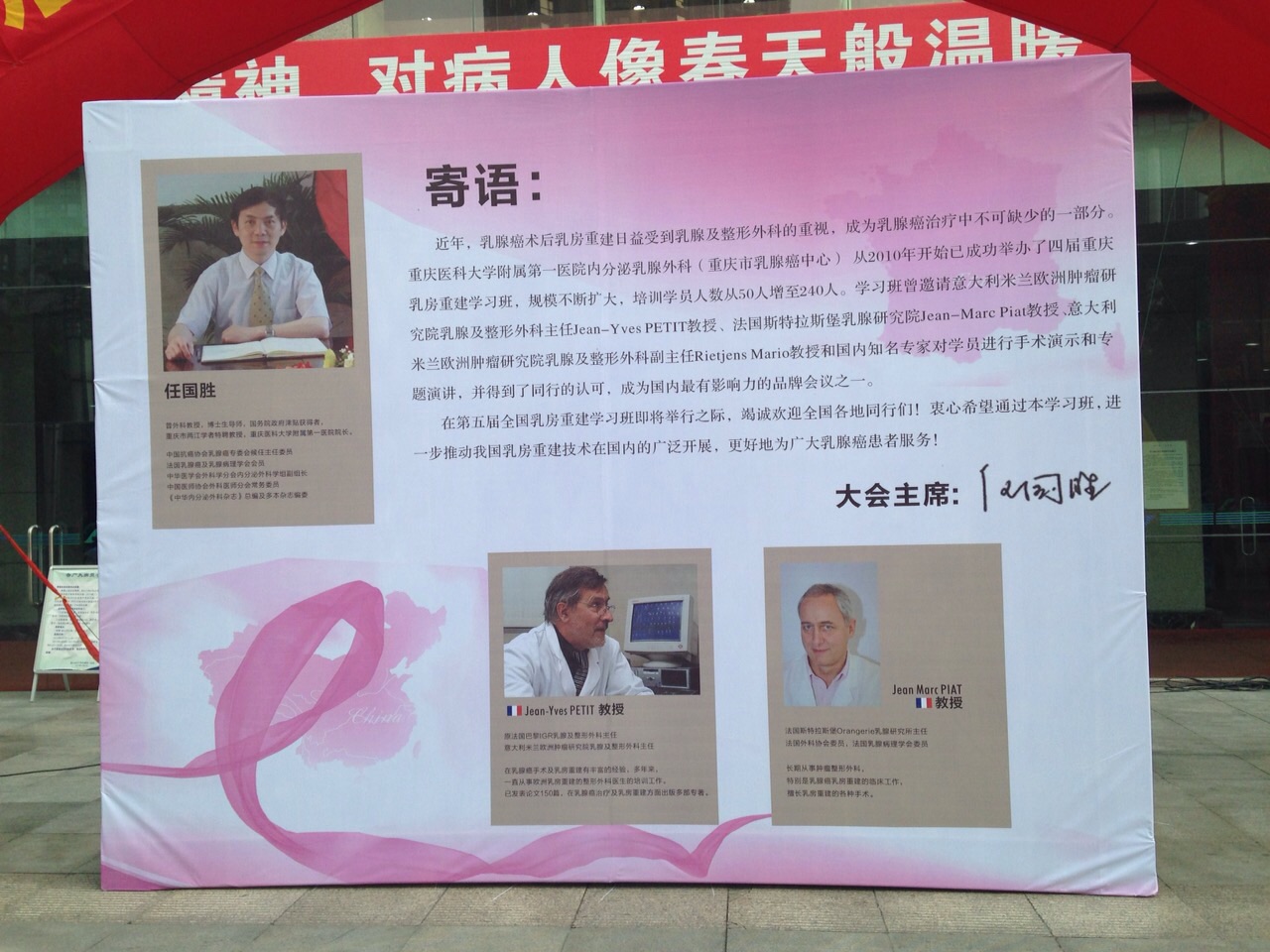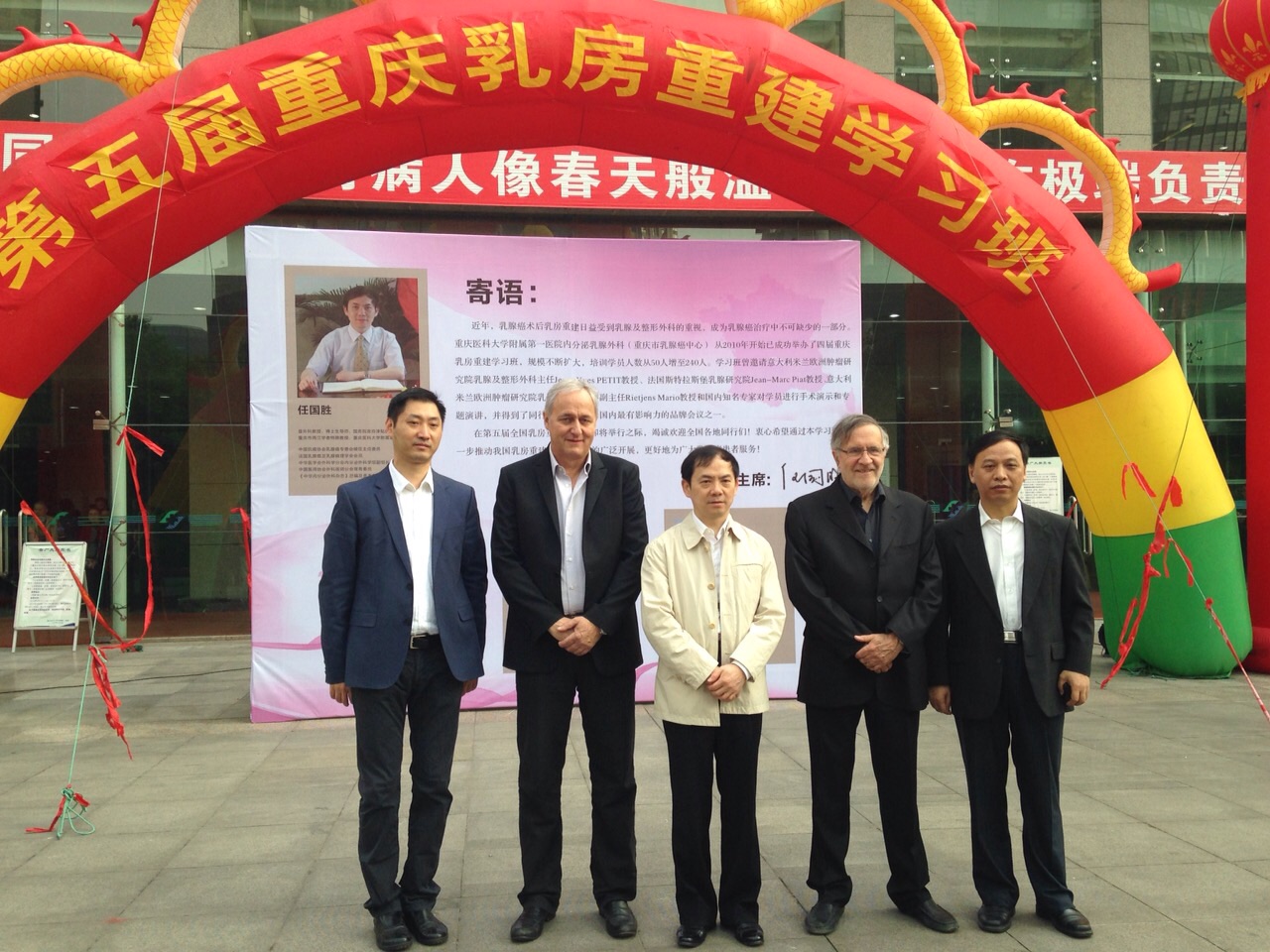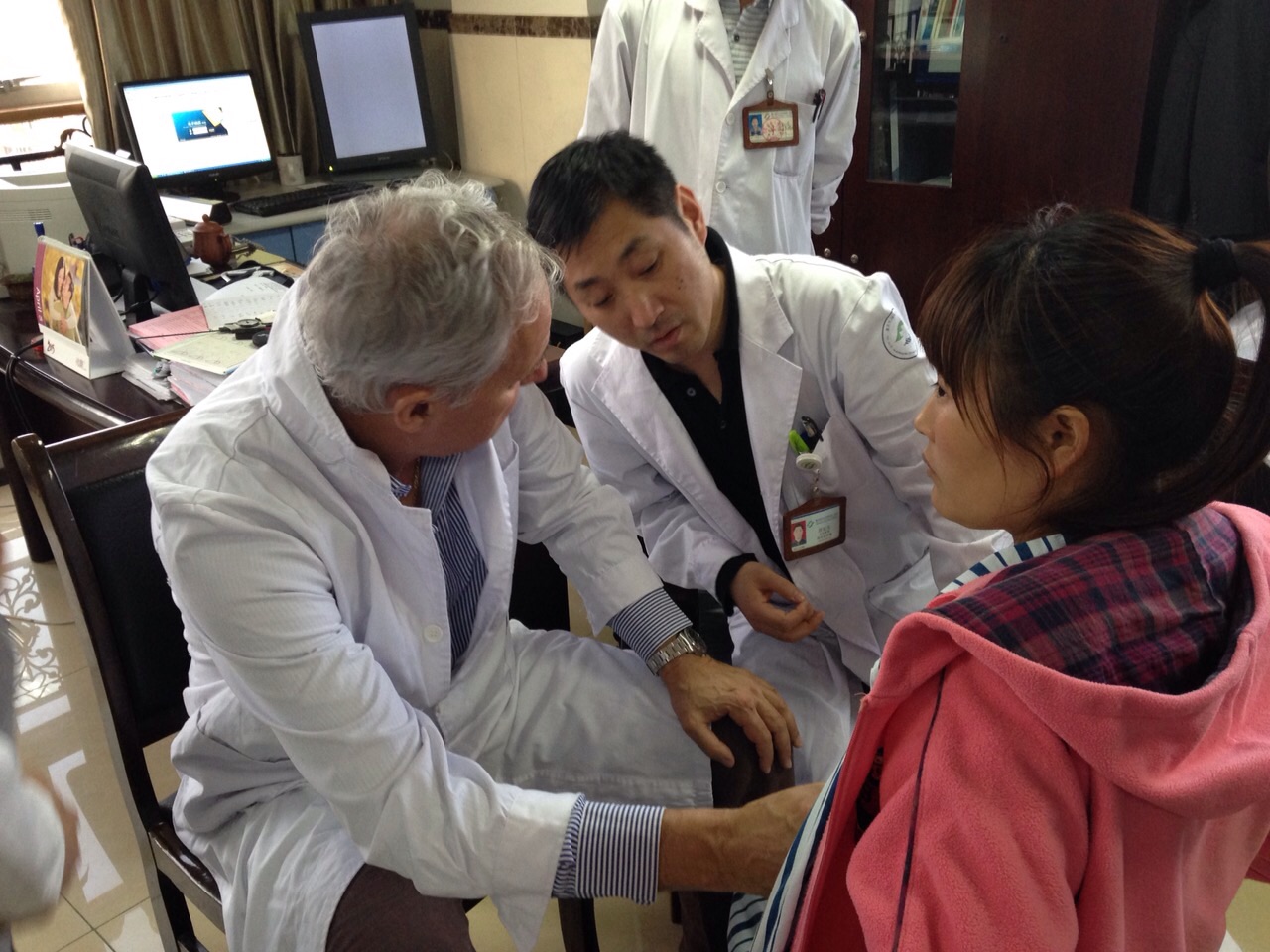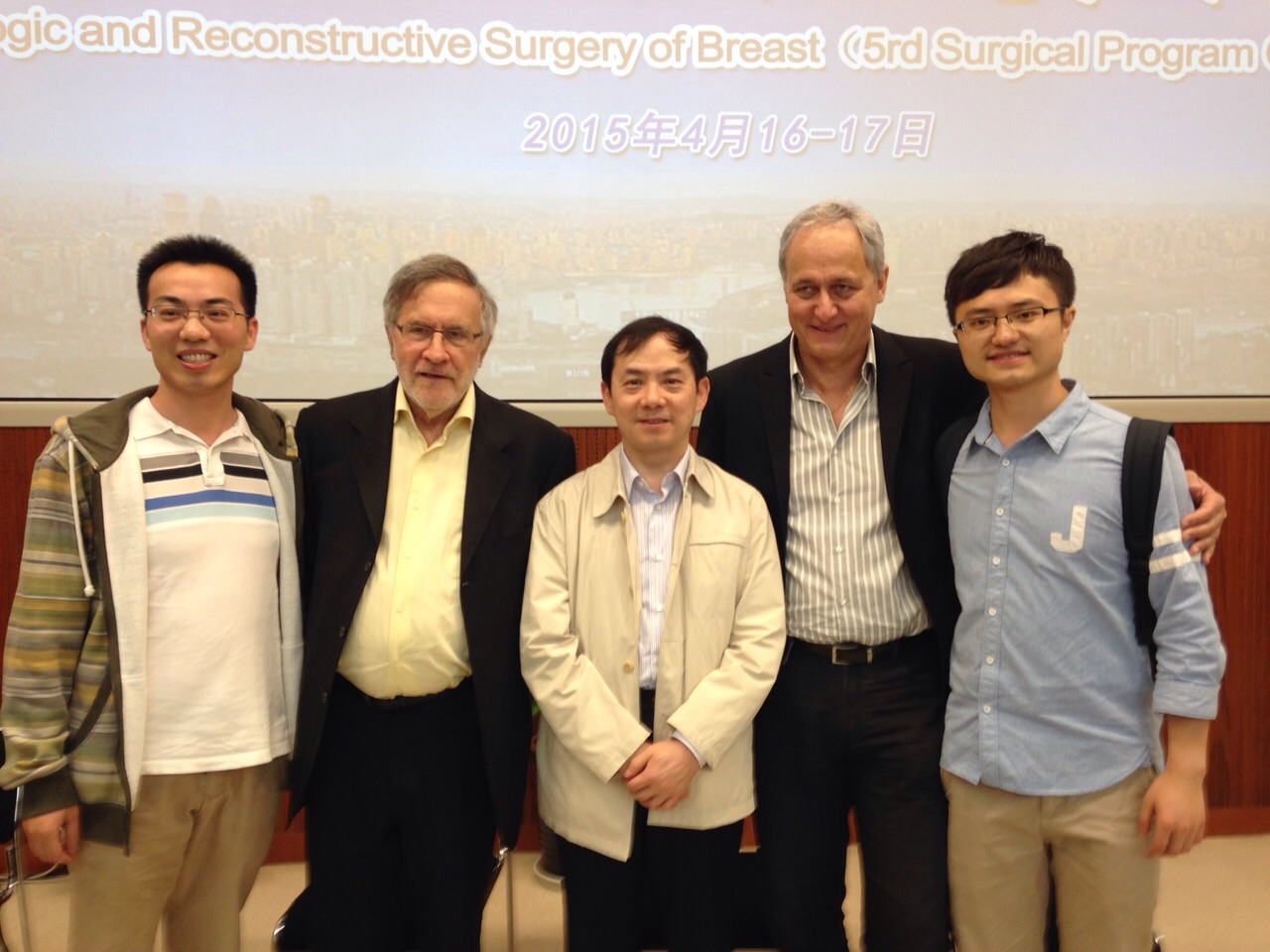Breast reconstructions
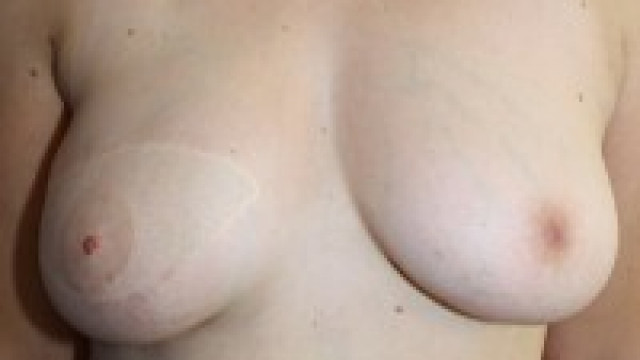
The psychological benefit of immediate reconstruction is tremendous for the patient. Shortly after the operation, she will be able to dress and wear a swimsuit without using external breast prosthesis, and without people noticing she underwent a full mastectomy. Not so long ago, some said it was necessary for the patient to endure the psychological suffering of mastectomy and « mourn her breasts », to appreciate better the reconstruction later on. From my experience, I don’t believe this to be necessary, although it is easier to satisfy with an average result a patient that went through a secondary reconstruction. Some patients that had an immediate reconstruction imagine that it is simply a plastic surgery and can be quite picky and hard to satisfy. In any case, it is important to explain clearly before the operation that the reconstructed breast, even in the best way possible, will never be like a non-operated breast. There will always be, at least, a loss of sensitivity, even if the appearance and consistency of the reconstructed breast are identical to the opposite breast. Patients demanding a reconstruction do usually so from the beginning, when opting for a full mastectomy. The reconstruction, whether done with prosthesis or with […]

An initial good clinical examination is necessary to assess the feasibility of each technique, which differs from one patient to another. A reconstruction with prosthesis will be possible if the scar’s flexibility is satisfactory and the skin tissues thick enough after the mastectomy. The reconstruction with dorsal flap appears more or less simple depending on the quantity of tissue that can be withdrawn from the back without causing excessive tension. Reconstrution with TRAM flap requires a sufficient donor area. Lipofilling can only be done in accordance with liposuction possibilities. Once the possibilities have been evaluated, the choice may be limited, due to the patient’s morphology and mostly to prior radiotherapy. When there was no radiotherapy, a reconstruction with prosthesis is often possible, even in situations that seem complicated. After radiotherapy, reconstruction with prosthesis is more difficult, if not impossible. In that case, a reconstruction with autologous skin flap is indicated. When several options are possible, the patient has the ultimate choice, after having been notified of the consequences of each reconstruction technique. Recontruction with TRAM flap uses the skin and fat excess of the lower umbilical abdominal area, often existing with women over 40 years-old, who may find satisfaction […]
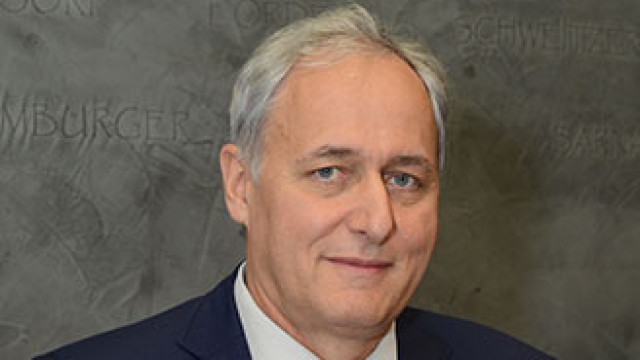
Over the last 25 years, breast reconstruction techniques have evolved a lot. At the time, the goal was mainly to obtain a volume bringing comfort to the patient. Either with prosthesis, or using a flap (using a muscle that supplies blood to the fat and the skin flap attached to the muscle). It could be a dorsal flap with prosthesis or a rectus abdominal flap (called TRAM) without prosthesis. Thanks to the technical developments and particularly the contribution of lipofilling (fat grafting), the results of reconstructions have improved significantly. The goal is now to get a better aspect (to achieve great symmetry with the opposite breast) and a better consistency (for a natural feel) of the reconstructed breast. Some develop microsurgical reconstruction techniques that allow the use of the same skin and fat surplus as for a TRAM but without taking the rectus abdominal muscle (DIEP), or withdrawing other body parts (the inner thighs for instance). I do not offer them, because they require specific training and extensive practice of microsurgery to get good results. Moreover, in trained teams, the average loss rate for the flap is between 2 and 5% and 10% of partial necrosis; whereas over the last […]

 English
English
 Français
Français
 中文 (中国)
中文 (中国)
 Español
Español
 Português (BR)
Português (BR)
